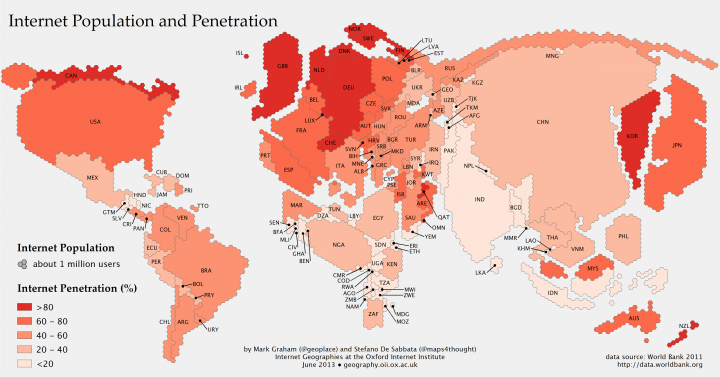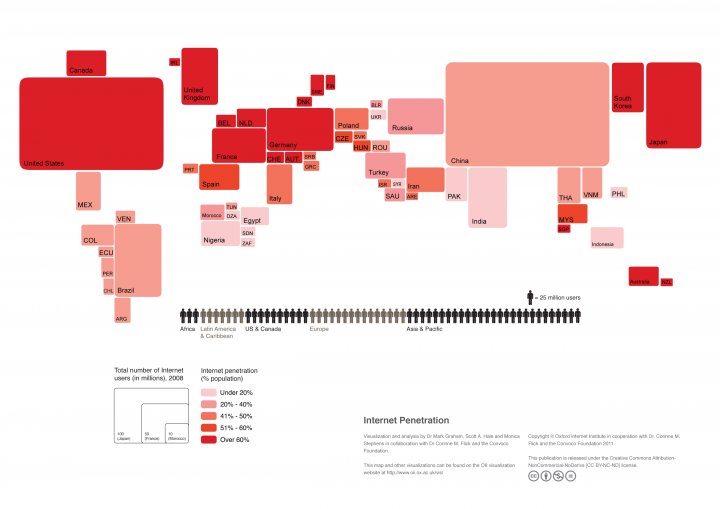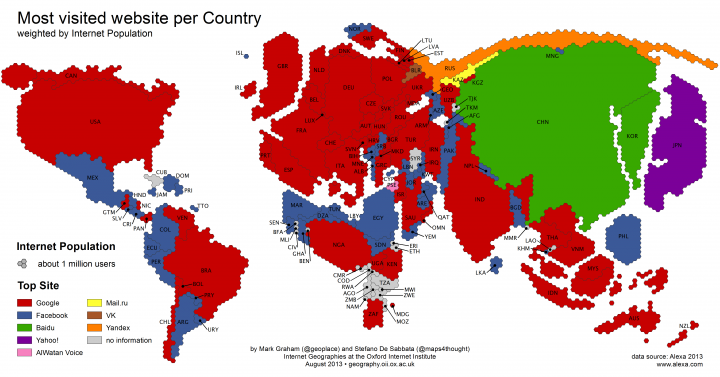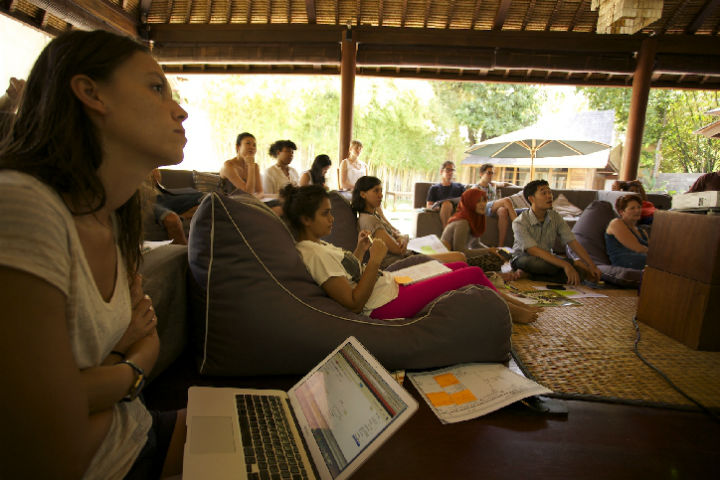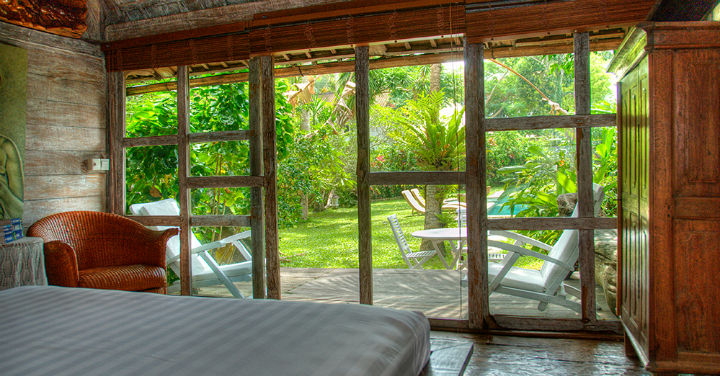![Zomato Jakarta]()
Delhi-based Zomato seems to be expanding its restaurant reviews platform at a fair speed. After launching in London in January, the startup then went to Manila in March and most recently down to Johannesburg earlier this month. At that kind of pace, it’s probably time for the startup to be thinking about its next move. Speaking over the phone with CEO and co-founder Deepinder Goyal, he confirms that there’s already a target in sight – Jakarta, the capital of Indonesia.
Zomato plans to launch its Jakarta restaurant listings in late July. There are already two staffers in the city of 10 million people and the plan is to hire a mostly local team, oriented around content and sales. Having already done their homework, Deepinder reckons that Jakarta has about 18,000 eateries of all kinds – including the city’s many excellent coffee shops. Of course, Zomato wants them all to be listed, but it’s not yet clear how many will be on the site by the time of launch.
Learning Indonesian
With such a large base to cover, Deepinder says that Jakarta is Zomato’s biggest ever single city to tackle. Another new challenge to face is that it’ll be Zomato’s first ever launch in a language other than English. While the company is internally testing Hindi for the 13 cities it covers in its home nation of India, the Jakarta launch will be the first public unveiling of a new language on the site. That means getting Bahasa Indonesia right (linguistically and culturally), and that puts even more of an emphasis on finding the right local staff.
As nice as Jakarta is, why choose that place? After all, there are a lot of world-renowned foodie cities in the region that make more obvious choices for a listings and review service. Deepinder tells us:
We love going into markets where there’s not much smartphone penetration or web usage so we can build the market around us – and help build up the market.
That’s how Zomato grew to a claimed 70 to 80 percent of the eatery online listings market in India – and why its first two targets in Asia (outside of native India) were Colombo (Sri Lanka) and Manila. It’s no coincidence that they’re also markets with little in the way of solid competition. Deepinder freely admits this too; apart from London, he says, the competition has been “fairly simple and easy.”
In addition, Zomato’s CEO guides the startup to new cities where he feels restauranteurs or corporations are most willing to pay for ads, which is the main monetization channel. Thus the Zomato team doesn’t fret over the rate of smartphone usage in a particular area, and instead follows the money into a relatively immature metropolis where the lifestyle food sector is lacking in online resources.
25% of restaurants shut down each quarter!
![Zomato Manila]()
Check out the menu before even arriving – click to enlarge.
After a month in Manila, how’s Zomato faring there? Deepinder says that the Metro Manila site now gets 10,000 pageviews per day, and that’s rising 25 percent per week. “It’s the fastest growing market for us,” he observes. After launching with 9,000 listings, the site now has 10,000 establishments on file.
Interestingly, about 25 percent of all restaurants on the site shut down each quarter – but more are opening up, resulting in a net gain. “It’s a lot of effort,” Deepinder admits, “But we have processes in place to deal with it.” Indeed, he concedes it can be a scaling issue for the Indian startup, as the content side of the business is labor intensive, and the ad sales are mostly done offline.
But the Manila team seems to be on top of things: it’s able to add 60 to 80 new locations each day, and processes 1,000 menus (scanned menus are a particularly useful feature on the site) per week, which are a mix of brand-new menus or updates.
Right now, the Manila team is made up of 12 people, though it’s not the final country team, as five of those are Indian staffers, and most of them will inevitably want to return home. So the goal, we’re told, is for Manila to have a fully-fledged local team there, and that takes about six to 12 months to form. “We’re building a pipeline of country managers,” Deepinder points out, but that takes years of personal growth and experience within the company, and then final training for each new country manager takes three months. That’s the same process that’ll happen in Jakarta.
Singapore? The US?
With Zomato preferring emerging markets, it doesn’t seem very likely that Singapore will be added to its roster anytime soon. There’s already Yelp in the Lion City, and local startup Burpple made an interesting move into this area earlier this month.
But one very mature market is being eyed up by Deepinder and the Delhi crew: the US. While not a definite green light, the co-founder says that, in the event of venturing into the States, they’ll use their experience in London to help shape their approach to another western market. One deciding factor is the success of the London site. After launching that at the very start of this year, it already has 250,000 visits per month. If that can rise to be the top foodie reviews site in that city, it could well signal that they’re ready for a push into the US. “We’ll know in four to six months time.”
Zomato has 260 employees around the world right now, with just over 200 of those being in India. A further 200 will be added in that nation this summer in an apparent push to speed up the processing of both its content and ad sales teams.
So, Jakarta readers, are you keen for the launch of Zomato in the city this summer?

![]()















